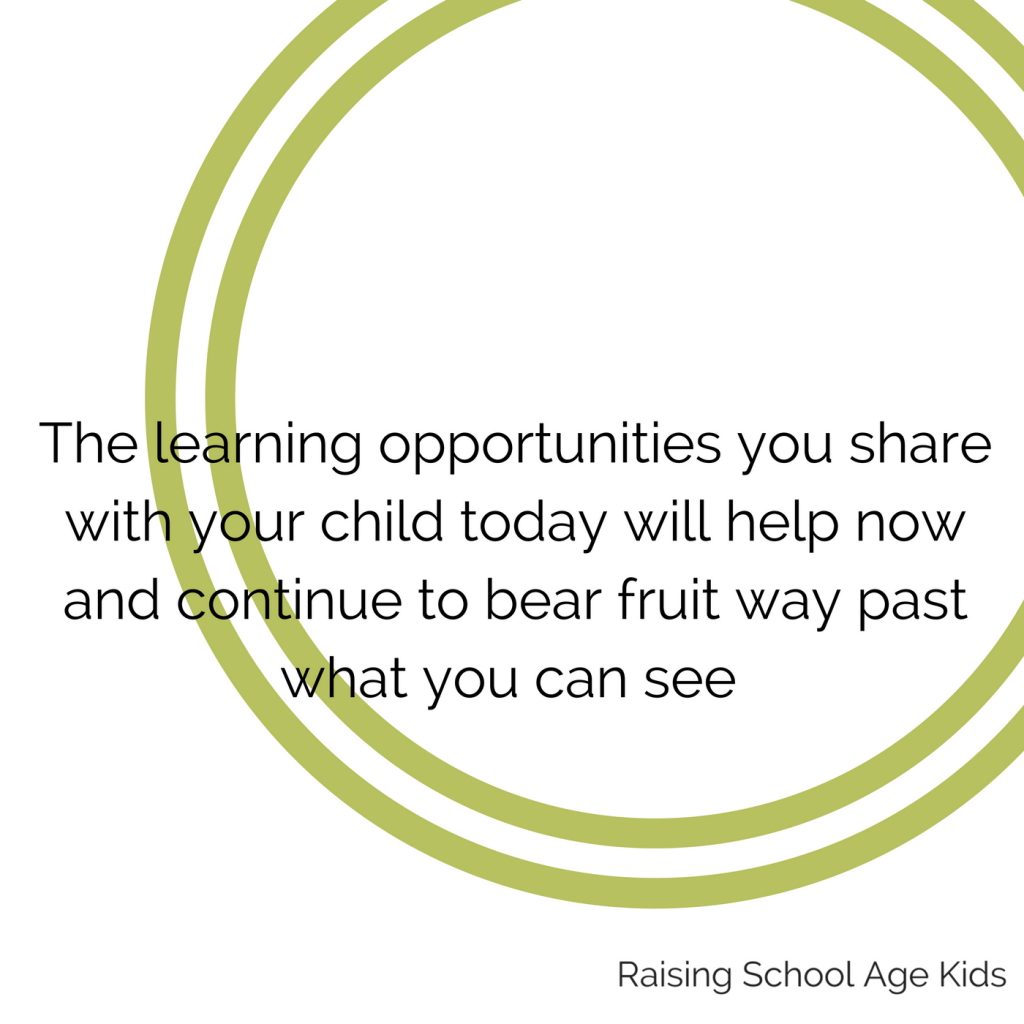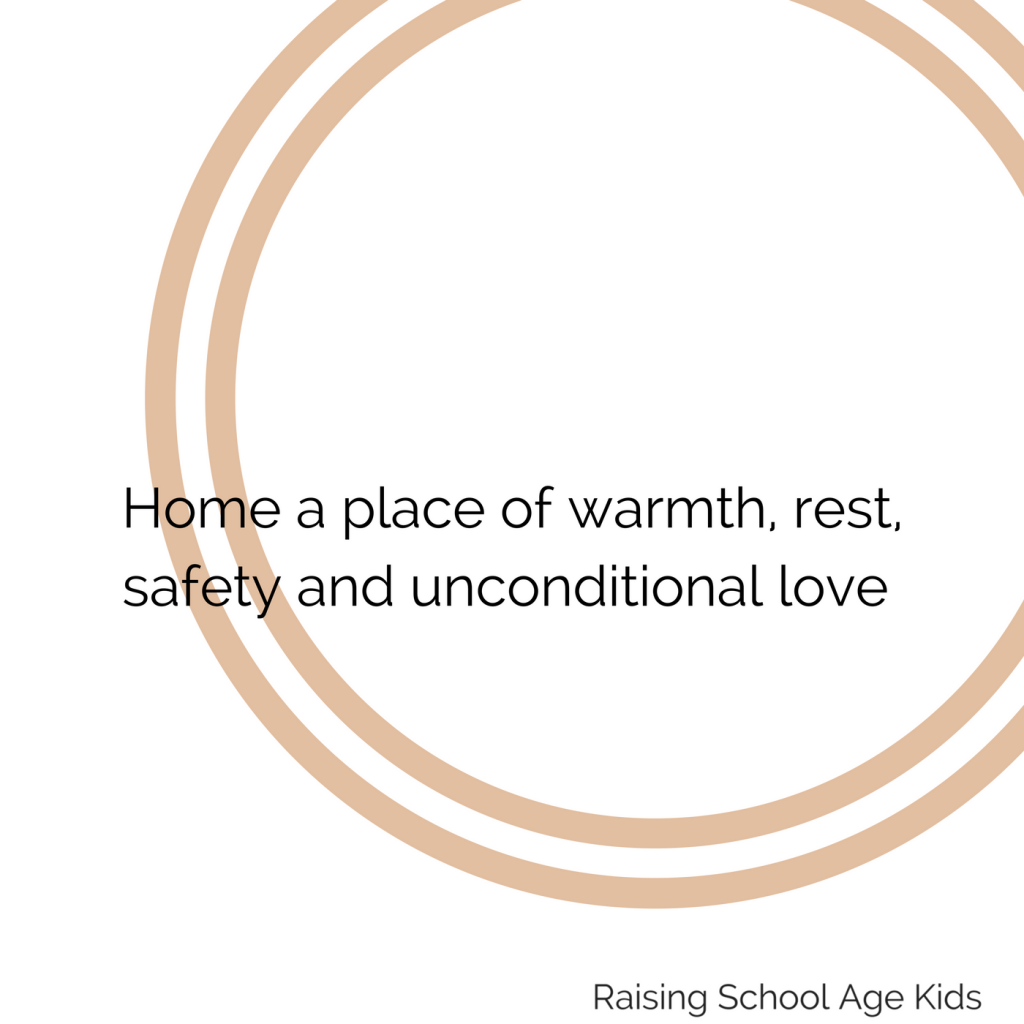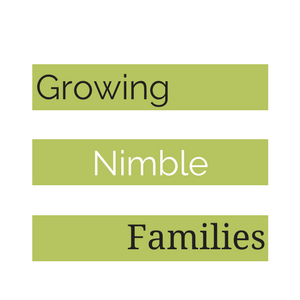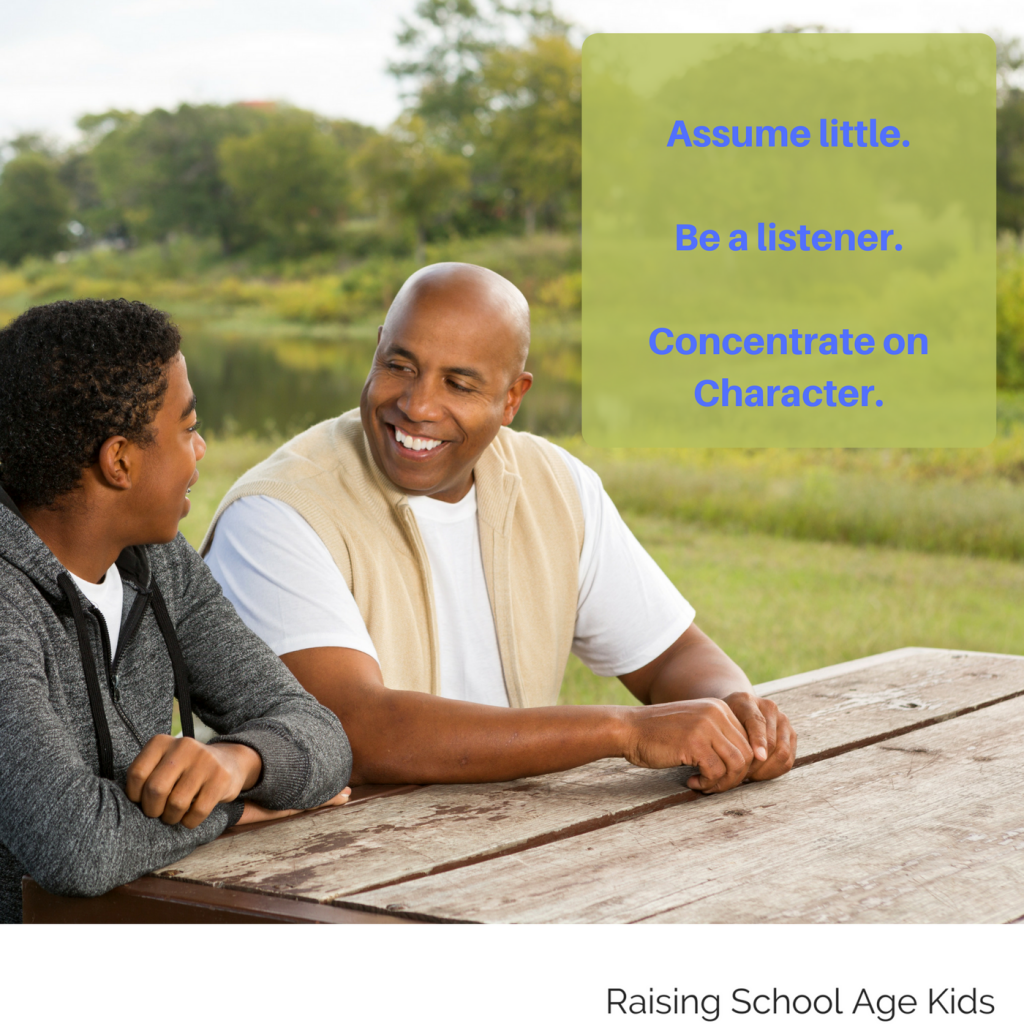Much of Early childhood was spent entertaining our children so they would be ‘happy’. At some point, we recognised that they needed independent play and unstructured play. Now they are school age there’s a shift again in how they are playing and experiencing life.

When they were younger we introduced Lego, Puzzles, Soft play, imaginative play items, we even played with them to model how. We got down on our knees or pulled up a chair and spent time connecting and playing. Somewhere along the line the kids took off with playing and didn’t seem to need us and we left.
Many times this was the right thing to do. The kids need to have play autonomy. We could hear the stories play out as they came tearing through the rooms dressed up.
Fast forward to today
Our homes are very different places with our school age kids.
- Headphones mean no one else hears but your child.
- Small portable screens mean no one else sees but your child.
- Retreats into their rooms mean no one else can do with your child unless they go in.
- We’re not invited as much to join in.
- The activities they want to do aren’t always the activities we want to do.
It’s harder for connection to happen in the same way it did before. Somehow play has become quiet, private and over there.
While we are fostering independence we are still available and present in their lives as teachers, parents, comforters and regular habit holders that keep the tempo and rhythm of the family. But since they seem occupied playing we often step back and the connection we had changes. We feel like they are pulling away. We don’t know what they are into. We don’t understand the lingo or the reason why they need the latest xyz.

They do want to keep the connection with us it’s just not how it was. It has to be different and it will keep changing as they mature through the tweens, teens and young adulthood. We have to mature in our connection type activities. There are some connection activities that kids just have to learn and it’s our job to allow enough opportunities or make, for these skills to develop in an enjoyable and purposeful way.
Socialising
Electronic devices are here. Kids still need to learn how to look up and talk to people when they have a device. With less and less practice and more time on screens, kids are finding it harder to read faces. We need to read sarcasm, joy, shame, hurt and doing so helps foster our compassion and empathy.
They need the practice of not being afraid to look friends and adults in the eye without feeling threatened or embarrassed and learn how to avoid or diffuse difficult situations by using appropriate eye contact. It’s not always easy for these skills to get tested and tried in the modern household unless we as parents make a deliberate effort.
Board and card games are really good ways learning how to read people and exercising that compassion, empathy muscle.
Conversations and guidelines around how we respond when we have a device in our hands. As the kids get older it’s our role to let them know life isn’t all about them and they must think of others, sometimes first. We might be bored but pulling out the phone might offend your speaker and it might not. It’s easy to dismiss people that don’t share the same values but we also need to remember we’re not all the same.
What can we do?
- Regular conversations, we love to do these at dinnertime or during a car journey, give the time to bring up these valuable life skills.
- Time to practice. We know our kids and what they need the practice on and what is their strength.
- Tell them specifically about what you saw that was good in them and in people you see. ” I saw how you let your brother have the choice of the cupcakes. As the older brother, you could have just taken the bigger one but you gave your brother the choice. When he took the bigger one, I felt your pain as you sighed but you just brushed it off and ate your cake without being mean to your brother. Those situations are tricky and you handled it really well.”
- Family time in– be aware of how much time you spend across from each other and side by side together and see if you can find a way to increase that time so you can fully interact.
- Be quick to move on– Monopoly maybe the best game ever or the worst in your family at this time. Move on to the hundreds of other games to find something that works. We do for shoes and clothes. We don’t just say, “I can’t find the right shoes so I won’t get one!”

- Be available. It’s the quiet private moments the kids will talk into when you’re just about to leave or they are going to bed that the big topics bubble up. We need to be approachable, without our devices to listen with our whole body.
- Be persistent. It’s not going to be easy all the time. We’re learning how to listen, react and respond. We are connecting with purpose and learning valuable useful skills. It is challenging.
- Get help. Go deeper with resources for your family like listening skills, learning to negotiate, how to disagree appropriately, how to ask out girls/ boys relationships. See below for some book suggestions.
Connection happens through many of these types of activities when they are part of family life.
All kids need access to these enjoyable and purposeful activities. They’ll feel cherished, included and loved as you took the time to support them, not always in the moment but in the future.
If you enjoyed this post then try these:
Peaceful solutions to minimize family strife
4 Family Flow ideas for a More Peaceful Family Home
101 Ways To Have A Calmer More Peaceful Family Life
I am an Amazon affiliate which means if you buy anything through my blog, I get a very small kickback at no cost to you.

















